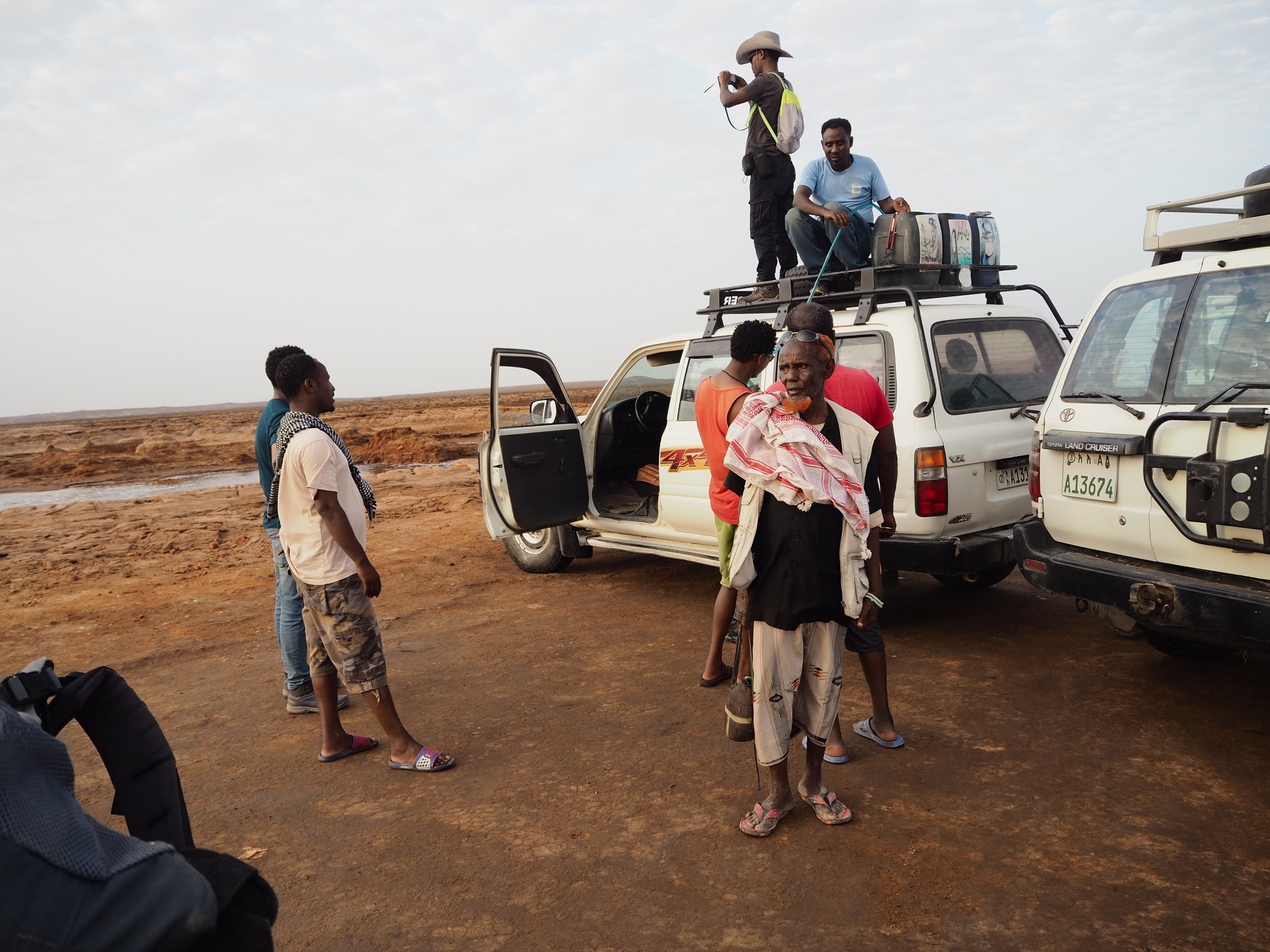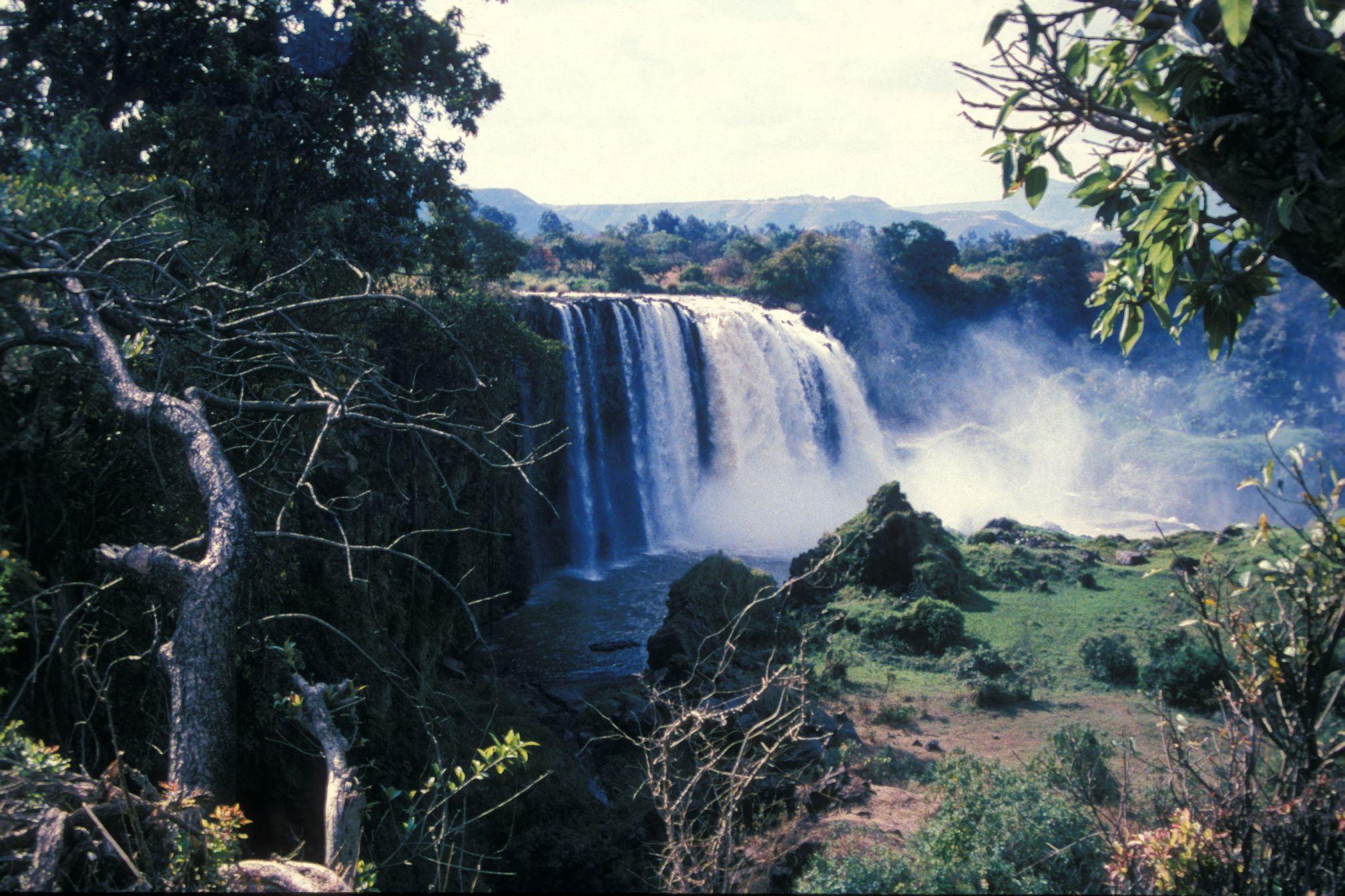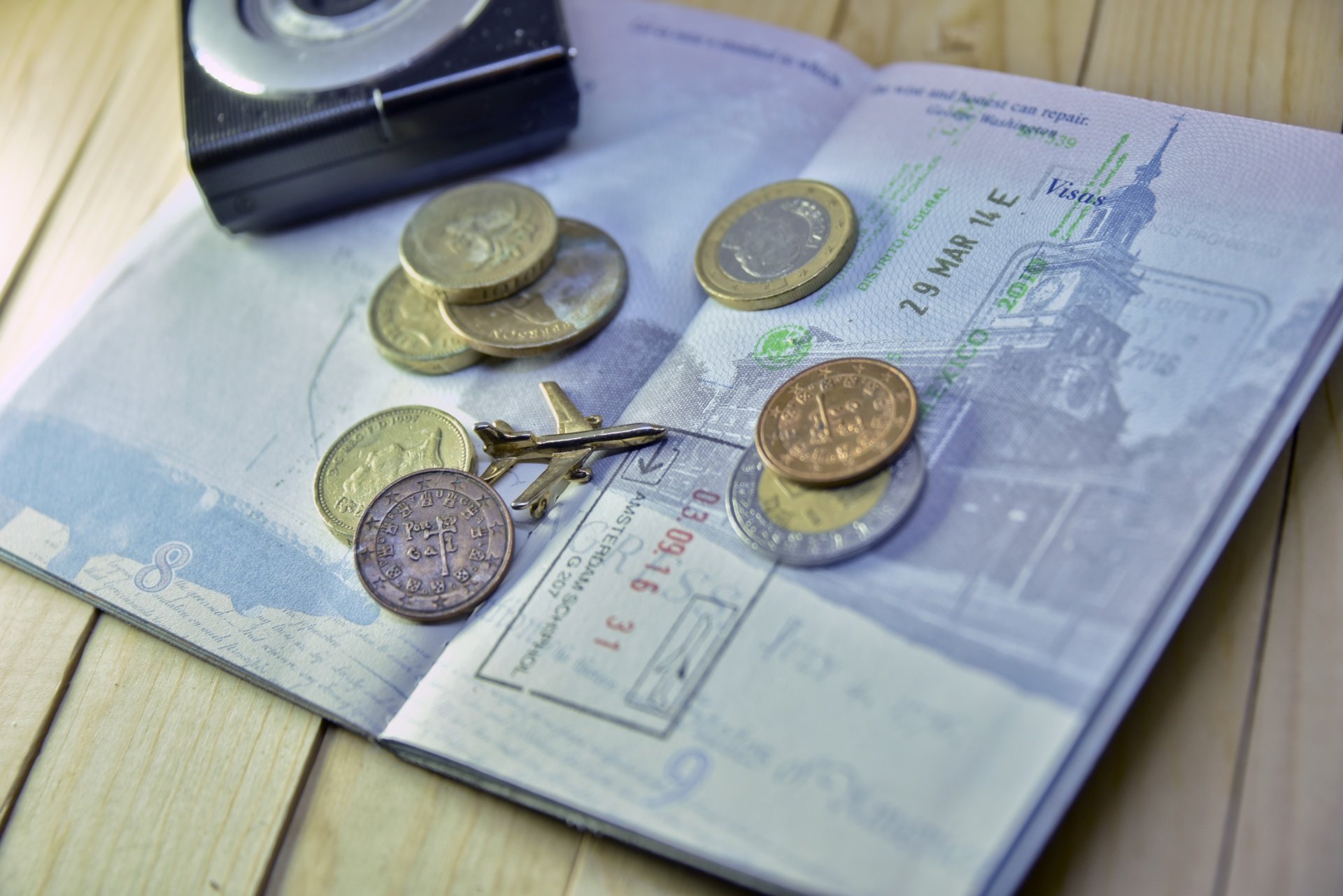
ETHIOPIA IN BRIEF
Ethiopia is an East African country neighbouring with Sudan, South Sudan, Eritrea, Kenya, Somalia and Djibouti. Ethiopia is an ancient country whose unique cultural heritage, rich history and remarkable biodiversity that are reflected in nine UNESCO World Heritage Sites and four Intangible Cultural Heritages.
With national tourism moto “Ethiopia: The Land of Origins“, Ethiopia is the origin of humankind — home of the 3.2 million years old hominid fossil ‘Lucy‘ — the first being which routinely walked on two feet; the origin of the wild coffee plant ’Arabica’; the origin of the Blue Nile, the river that makes up greater than 85% of the longest river of the planet, River Nile.
The Ethiopian Empire began with the establishment of the Solomonic dynasty by Yekuno Amlak approximately in 1270 and lasted until 1974. Haile Selassie I was the last emperor of the Ethiopian empire, who ruled Ethiopia from 1930 to 1974. In 1974, the Derg, a communist military government, overthrew the Ethiopian monarchy under Haile Selassie I in a coup d’état. In 1991, the Ethiopian People’s Revolutionary Democratic Front, which has been the ruling political coalition since, overthrew Derg.
Ethiopia follows a federal system of governance since 1994. The capital Addis Ababa is the seat of many international organizations, notably the African Union (AU) and United Nations Economic Commission for Africa (UNECA).
Ethiopia is the only African country never colonized despite the Italian occupation between 1936 and 1941 during the second colonial attempt. Ethiopia under the rule of Emperor Menelik II, who was Emperor from 1889 until he died in 1913, defeated Italy at the Battle of Adwa (mountains near the town of Adwa, Northern Ethiopia) on March 1, 1896, when Italy came to occupy Ethiopia for the first time. As a result, the country has many treasures of preserved historic churches, monasteries and ancient towers. The victory of Adwa is a national holiday in Ethiopia to commemorate the patriots every year.
Church of Saint George, Lalibela, carved downwards from a type of volcanic tuff during late 12th or early 13th century AD, during the reign of King Gebre Mesqel Lalibela. Picture by Sailko (CC BY 3.0)

Visa
All foreign nationals require a visa to enter Ethiopia. There are two options for securing a visa. You can pay online in advance through the online e-visa service, or you can obtain a visa on arrival at Bole International Airport if you are from eligible countries for on arrival visa (visit https://www.evisa.gov.et).
Nationals of African States who cannot make e-Visa payment online can apply online and make the payment on arrival at Addis Ababa Bole International Airport in cash. Ethiopia has officially launched Visa-On-Arrival service for tourists from all African Union member states. Nationals of Africa Union member states can pay the visa fee in cash at Bole International Airport to get a tourist visa.
To obtain a visa, your passport needs to be valid for at least the next 6 months from the point of arrival in Ethiopia. Travellers can request for extension before the visa expires by going in person to the Head Office of The Main Department for Immigration and Nationality Affairs (Churchill Avenue, Addis Ababa, Ethiopia). Travellers who stay beyond the validity period without extending are subject to fines and legal penalties.
Currency
If you are carrying more than 3000 USD equivalent, you need to declare upon arrival at the Addis Ababa Bole International Airport. You are allowed to import or export a maximum of 200 Ethiopian Birr. The local currency is Ethiopian Birr.
In some of the cities, you can pay by card but you should not rely on a card and it is important to carry some cash. In remote places out of the cities and in small establishments even in Addis Ababa, payment with a card is not possible. ATMs can be found in most cities and towns, so you can withdraw cash in Birr.
Communications
The internet in Ethiopia is intermittent, and internet block out by the government happens sometimes during protests/civil unrest or sometimes due to lack of infrastructure. Most hotels in cities offer internet, which is generally reliable.
Ethiopia has only one state-owned telecom provider, Ethio Telecom. The mobile data coverage is good. You can purchase a SIM card on arrival at Bole airport. They will take your passport details and a photo in the shop. You need to cut your SIM card in the shop depending on your phone’s SIM size. SIM card costs around 50 Birr (~2 USD). There are various mobile data bundles for the internet.
Contact
The Federal Democratic Republic of Ethiopia Immigration, Nationality and Vital Events Agency
Addis Ababa, Ethiopia
Tel.: +251 (11) 1553899
E-mail: support@evisa.gov.et
Website: https://www.evisa.gov.et/
IMPORTANT WEBSITES
Ethiopian airlines: https://www.ethiopianairlines.com/. Ethiopian airlines have a great discount when you use their mobile app for booking flights.
Tour operators in Ethiopia
- Ethio Afro tours, E-mail: info@ethioafrotours.com,Website: https://ethioafrotours.com/
- Ethiopian Travels, E-mail: booking@ethiopiantravels.com
Website: https://www.ethiopiantravels.com/
- Ethio Travel and Tour, E-mail: info@ethiotravelandtours.com/ ethiopiatravel@gmail.com
Website: http://ethiotravelandtours.com/
- Inside Ethiopia Tours,E-mail: info@insideethiopiatours.com
Website: www.insideethiopiatours.com
- Aspire Ethiopia Tours, E-mail: info@aspireethiopiatours.com
Website: https://www.aspireethiopiatours.com/
- Memento Ethiopia Tours, E-mail: alex.ethiopia8@gmail.com
Website: https://www.mementoethiopiatours.com/
- Abeba Tours Ethiopia, E-mail: info@abebatoursethiopia.com
Website: http://abebatoursethiopia.com/
- Yama Ethiopia Tours, E-mail: yamatours@gmail.com
Website: https://www.yamatoursethiopia.com/
- Overland Ethiopia Tours, E-mail: info@overlandethiopiatours.com
Website: https://overlandethiopiatours.com/
- Absolute Ethiopia Tours, E-mail: info@absoluteethiopia.com
Website: https://absoluteethiopia.com/
DANAKIL AND DALLOL
Topographically, Ethiopia is a very diverse country with an elevation ranging from the peak of mount Ras Dashen at 4550 meters to Danakil depression as low as 155 m below sea level. The Ethiopian rift valley, part of the East African Rift Valley, dissect the Ethiopian Plateau to the northwest and the Somalia Plateau to the south. The rift valley floor is occupied by rift valley lakes, which are major tourist attractions.
Magnificent active volcanos such as Erta Ale, which spits lava continuously, occupy the Ethiopian rift valley. The Ethiopian rift valley is an active tectonic rifting zone, which by geoscientists believed to give birth to a new ocean in millions of years.
River erosion such as by the Blue Nile and Tekeze rivers and tectonic uplift of the Ethiopian plateau give rise to wonderful deep incisions, gorges and waterfalls, such as Blue Nile gorge, Tekeze river gorge and Tis Abay waterfalls on Blue Nile river.

Blue Nile Falls. Picture by Peter Jeschofnig (GNU Free Documentation License 1.)

Climatic regions in Ethiopia. Figure by Adam Peterson (CC BY-SA 4.0)
The climate in Ethiopia is quite diverse with altitude ranging from tropical savannah in the west to hot and arid desert in the east. The western and northwestern plateau of Ethiopia is manifested by cool or pleasantly warm weather. These areas are characterized by scare rains from November to February and rainy seasons from June to August. Arid regions, mainly southeast of the Ethiopian rift valley, generally have low altitude.
The warm season of these regions is between February and April with an average temperature about 28 oC whereas coldest seasons are June and July with an average temperature of nearly 26 oC. Danakil depression is hot through the year and temperature at Dallol reaches 40 oC with a daily average of about 35 oC.
The temperature in Danakil depression is thought to be tolerable between October and February for tourists. The colourful sceneries of Dallol to black lava lakes of Erta ale makes the journey to Danakil a journey through an entire spectrum of colours and makes you forget the hot weather.






